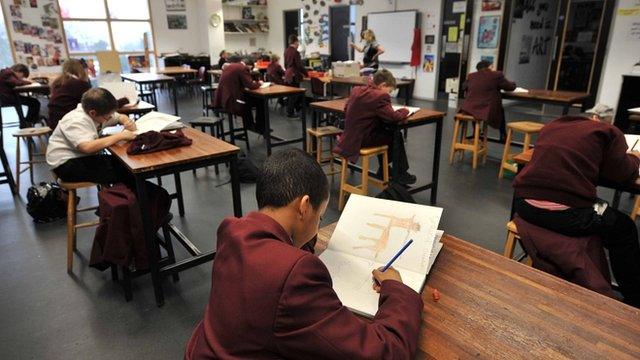Number of children taught in large classes trebles
- Published
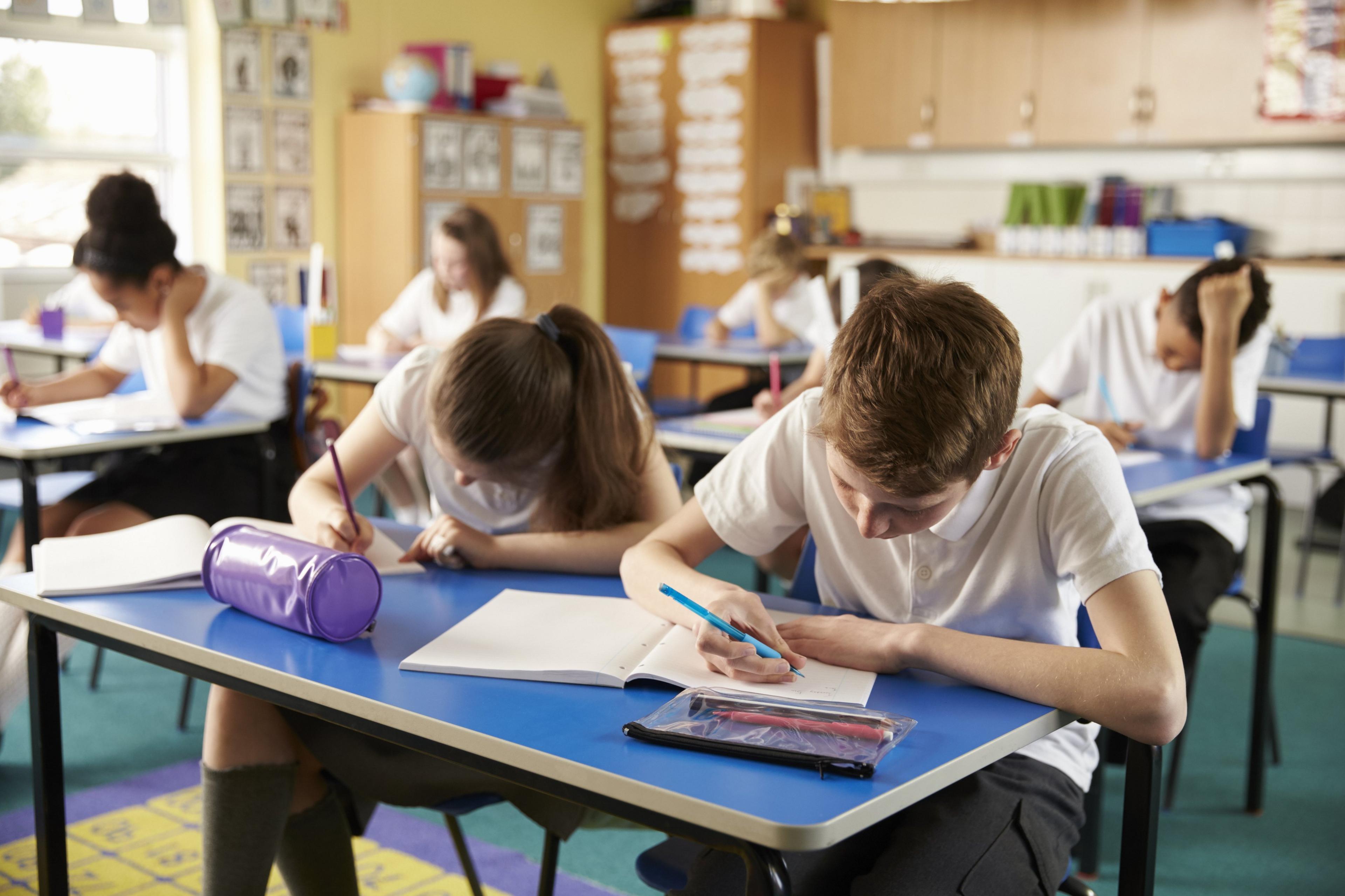
The number of children at secondary school being taught in classes with more than 36 pupils in them has reached its highest point in a decade
The number of secondary school children in England being taught in classes with 36 or more pupils has trebled in the last five years.
BBC News has found evidence of children at a school in West Yorkshire being taught in a class of 46 pupils.
Analysis has also found that every region in England has seen a real-terms cut in school spending.
A Department for Education spokesperson said school class sizes had remained stable since 2006.
According to the latest school census,, external in 2016 there were 17,780 state secondary school children in 2016 being taught in classes with 36 or more pupils. This is the highest number for a decade.
In comparison, in 2011 the number was 6,107.
An investigation by BBC Yorkshire has found that Brighouse High Academy School in West Yorkshire has a Year 9 maths class where one teacher has 46 pupils.
Thirteen-year-old Silas Ennis said he has found it hard to cope in such a large class.
"It's difficult to learn because there's so many people around you, so you're not focusing as much on the lesson" he said.
"Everyone in the class agrees that there's too many people in the classroom."
Brighouse High said due to budget cuts and the difficulty of recruiting specialist maths teachers the class of 46 pupils was an experiment that would allow other maths classes with less able students to be taught in smaller groups.
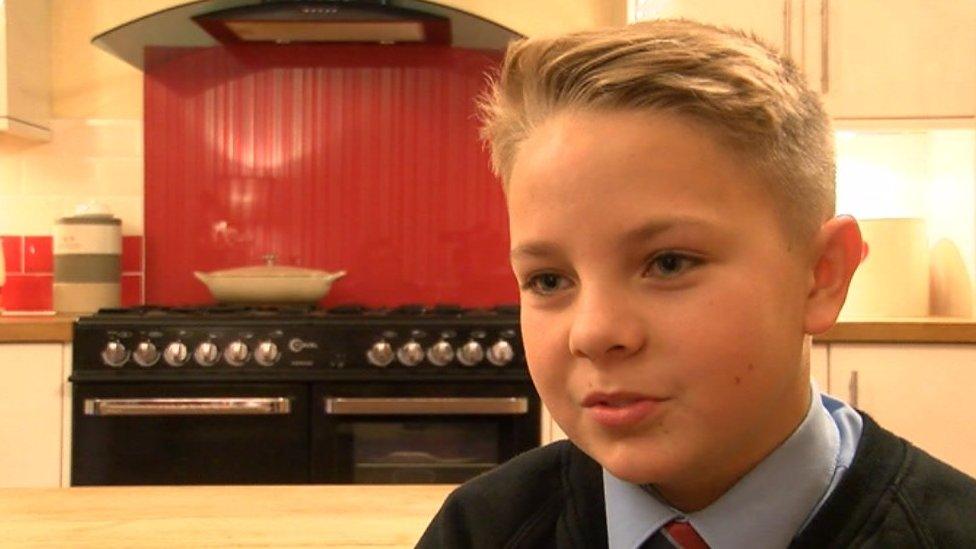
Silas Ennis says he doesn't like being taught in a class of 46 pupils
The latest figures show there were 59,712 children at both state primary and secondary schools being taught in classes with 36 or more pupils in 2016.
About 90% of children who attend state schools in England are taught in classes with 30 pupils or fewer. However, teachers' unions warn growing pupil numbers and shrinking budgets are placing strains on the system.
"The squeeze on schools is coming directly from the government," said James Wilson from the National Union of Teachers (NUT).
"As far as we're concerned, it's unacceptable to have a class of more than 30 children.
"Ultimately, this is totally unfair and the people most affected are the pupils who will receive a poorer education."
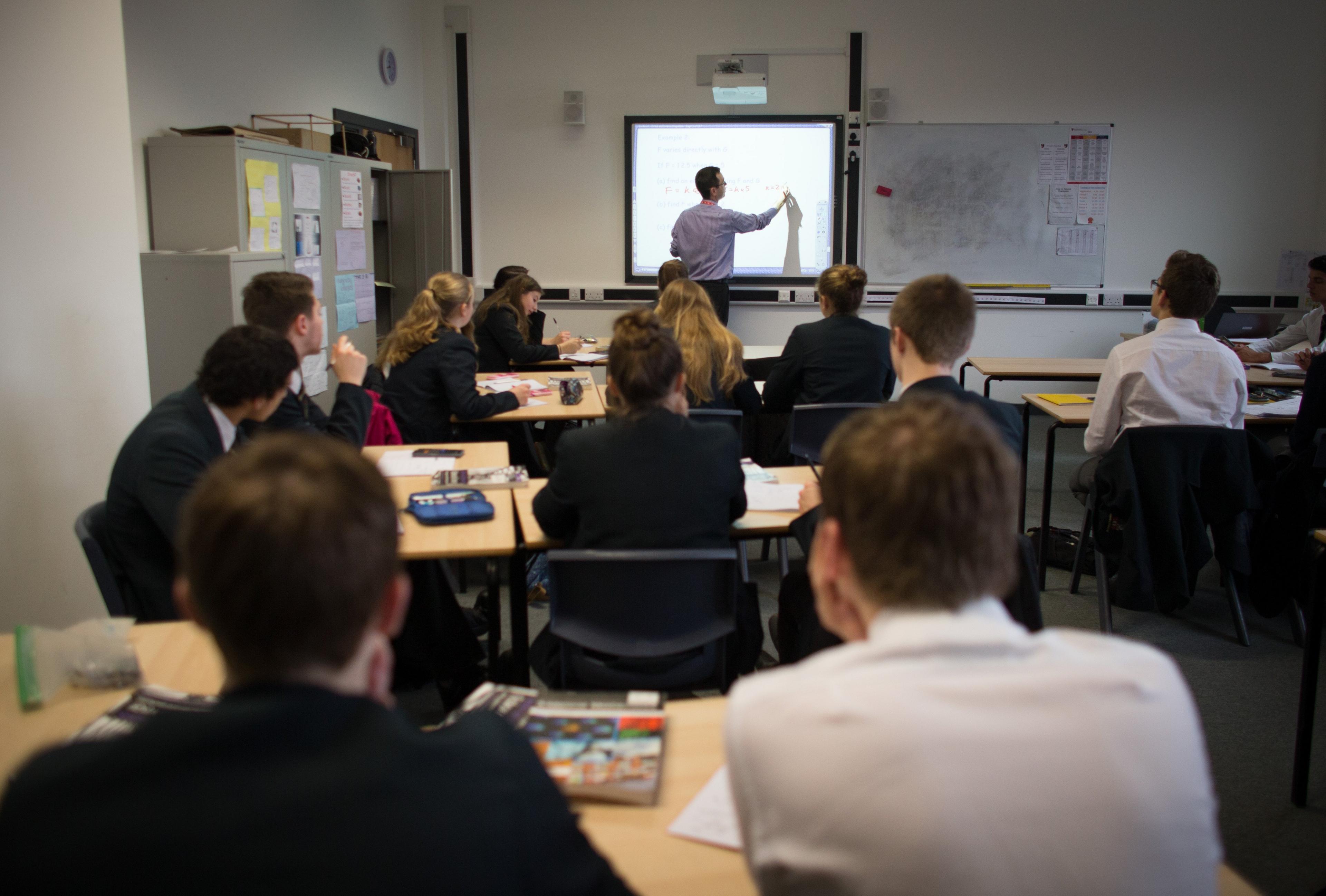
Secondary school children in England are taught in some of the smallest average class sizes in the developed world.
Dr David Spendlove from the University of Manchester said there is no clear link between larger class sizes and the attainment of pupils being detrimentally affected.
"Children are only likely to feel the benefits of being in a small class if it has less than 15 students in it," he said.
"Interestingly there is some data to suggest that attainment in maths can rise in larger groups. It all depends on the context of the class, how it is being taught, what are the needs of the pupils and what their relationship is like with the teacher."
The average secondary school class in England contained 20.4 students according to the latest school census.
Data collected by the Organisation for Economic Cooperation and Development , external(OECD) found that the UK had some of the smallest average class sizes in the developed world.
Although class sizes in Japan and Germany tend to be larger, children in both countries out-performed UK students in the latest influential PISA rankings.
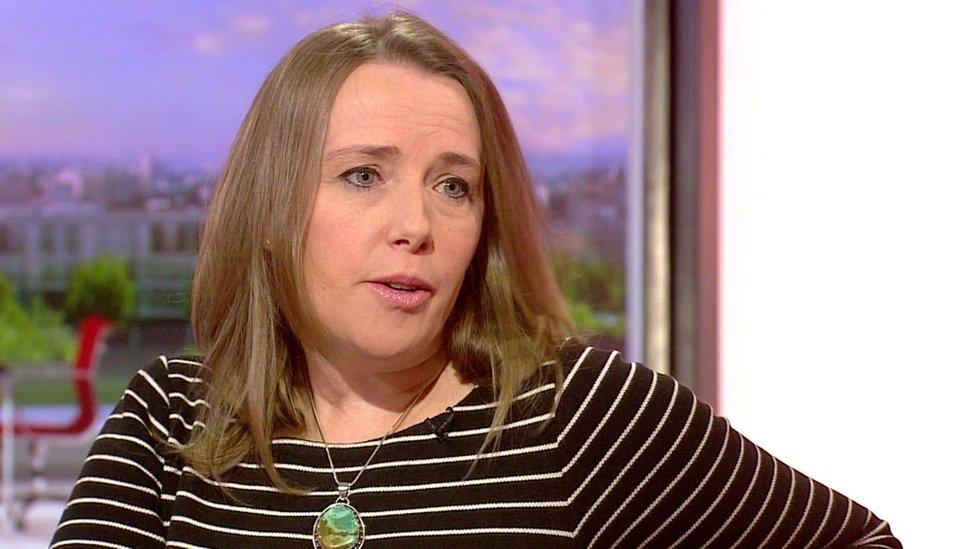
Helen Vickers a mum of five told BBC Breakfast she felt the education system was in "crisis"
Helen Vickers, a parent with five children in West Yorkshire, said she has concerns about class sizes and the amount of money being spent on schools.
She said: "My concern is that if schools already have classes with 46 children in them, then students like my daughter who has dyslexia are potentially going to suffer in the future.
"I believe in the coming years schools are going to face more cuts and I've already had difficulty with my daughter's school in ensuring that she has the necessary resources in place to help her succeed."
Analysing the latest government data,, external BBC News has found that average spending on each pupil in England has fallen in real terms from £4,408 in 2015-16 to £4,371 in 2016-17.
Real terms spending means the amount by which a budget increases or decreases once the effect of inflation is accounted for.
The data shows that whilst the individual schools budget in England went up by about £60m in real terms last year, an increase in the number of children being taught means less money is now being spent on each individual pupil.
Every region in England has seen a real-terms cut in funding in the past year for pupils who attend both state schools and academies.
How much does each pupil get in my area? Get the data here., external
The number of full-time pupils attending classes in 2016 reached a 13-year high of 8.3 million.
The growth in pupil numbers is being fuelled by the effects of immigration and a higher fertility rate.
In 2012 the fertility rate for England and Wales, external hit its highest level since 1973 and the 725,000 children born in that year are now entering the education system for the first time.
In cash terms, and not accounting for inflation, the government has increased spending on the individual school budgets by £2.6bn since 2013-14.
Ahead of the last General Election former Prime Minister David Cameron said his government would protect England's schools budget in cash terms, but per pupil funding would not keep pace with inflation.
A recent report by the National Audit Office (NAO) warned that rising costs will mean schools will have to find a further £3bn in savings by 2019-20.
The government said the introduction of a new funding formula in 2018-19 would end "unfair" and "inconsistent" funding levels.
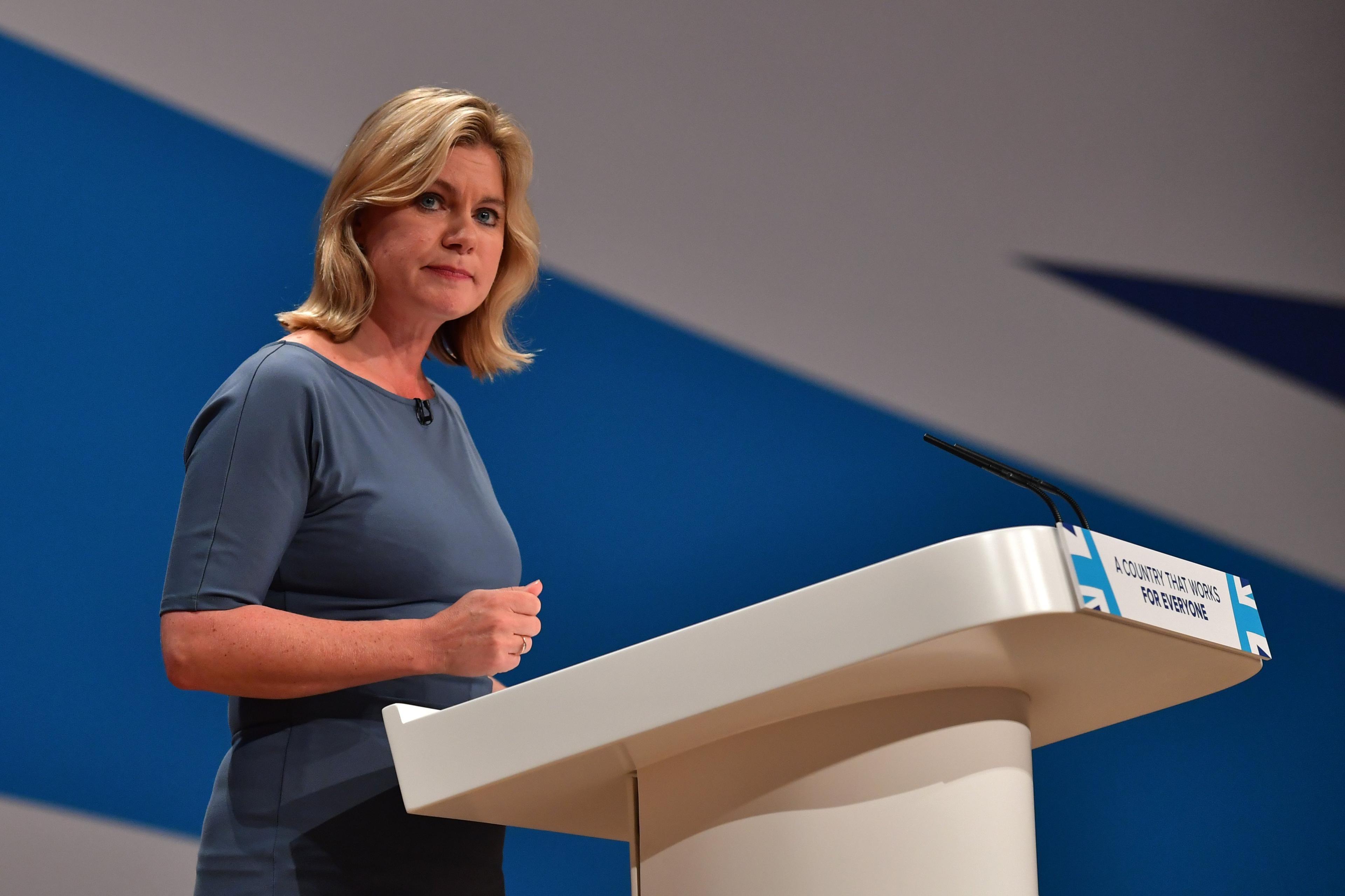
Education Secretary Justine Greening has claimed the government's funding reforms will give parents the confidence that every child will have an equal opportunity to succeed
A Department for Education spokesperson said: "Despite an increase in population, class sizes in England's schools have remained stable since 2006 - in fact overall a bigger proportion of children are now taught in classes of under 30.
"Since 2006, the percentage of primary pupils in classes of 36 or more has actually fallen. In secondary schools it has remained at about 0.5% since 2013.
"School funding is at its highest level on record with more than £40bn being invested in 2016-17. Overall, taking per pupil funding and rising pupil numbers into account, the school budget will be protected for inflation.
"We have recently set out proposals to end the historic postcode lottery in school funding and we have announced a further £190m to provide more support to underperforming schools and ensure the number of good school places continues to rise."
As part of the analysis of individual school budgets, BBC News has applied the Office for Budgetary Responsibility (OBR) inflation forecast of 1.38%, external for 2016-17 to the Department for Education's spending data.
Additional reporting by Sean Stowell and Dave Edwards.
- Published14 December 2016
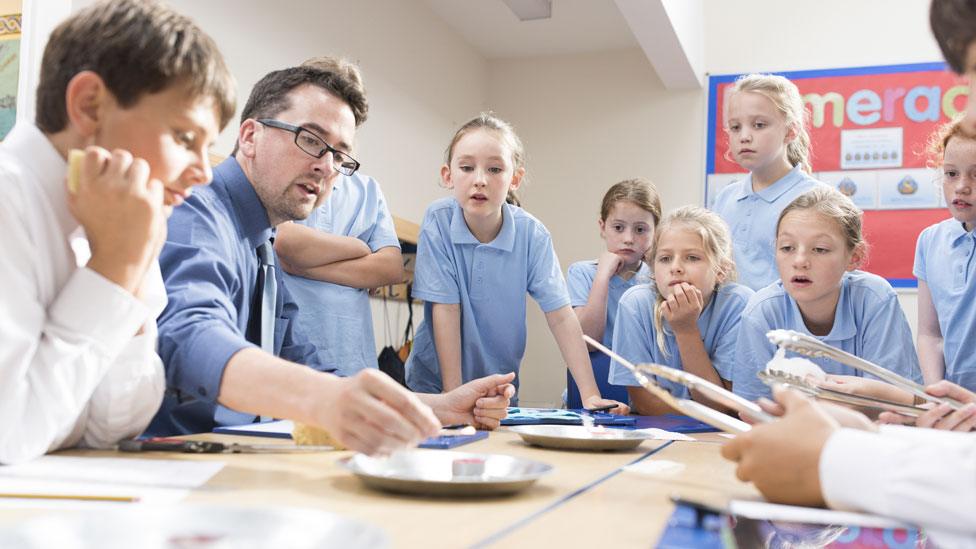
- Published14 December 2016
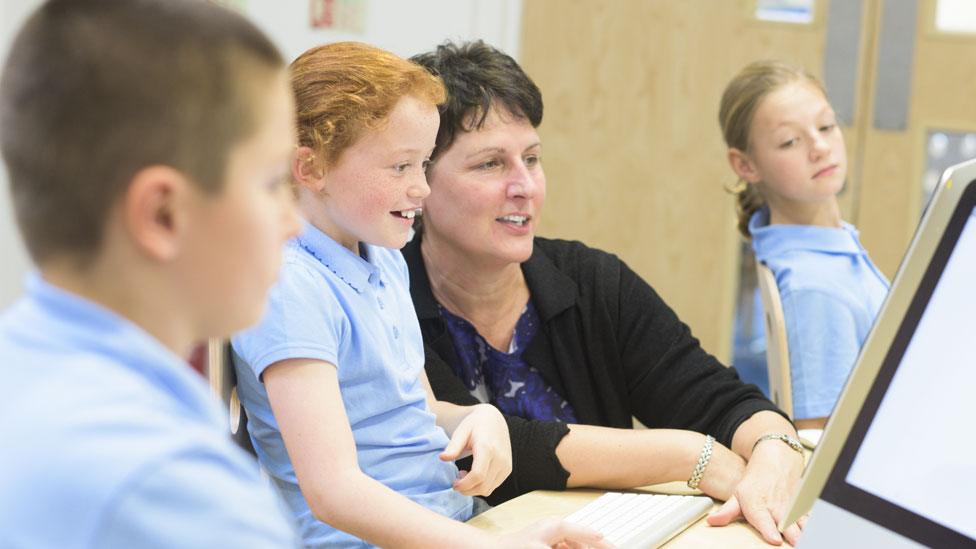
- Published28 June 2016
